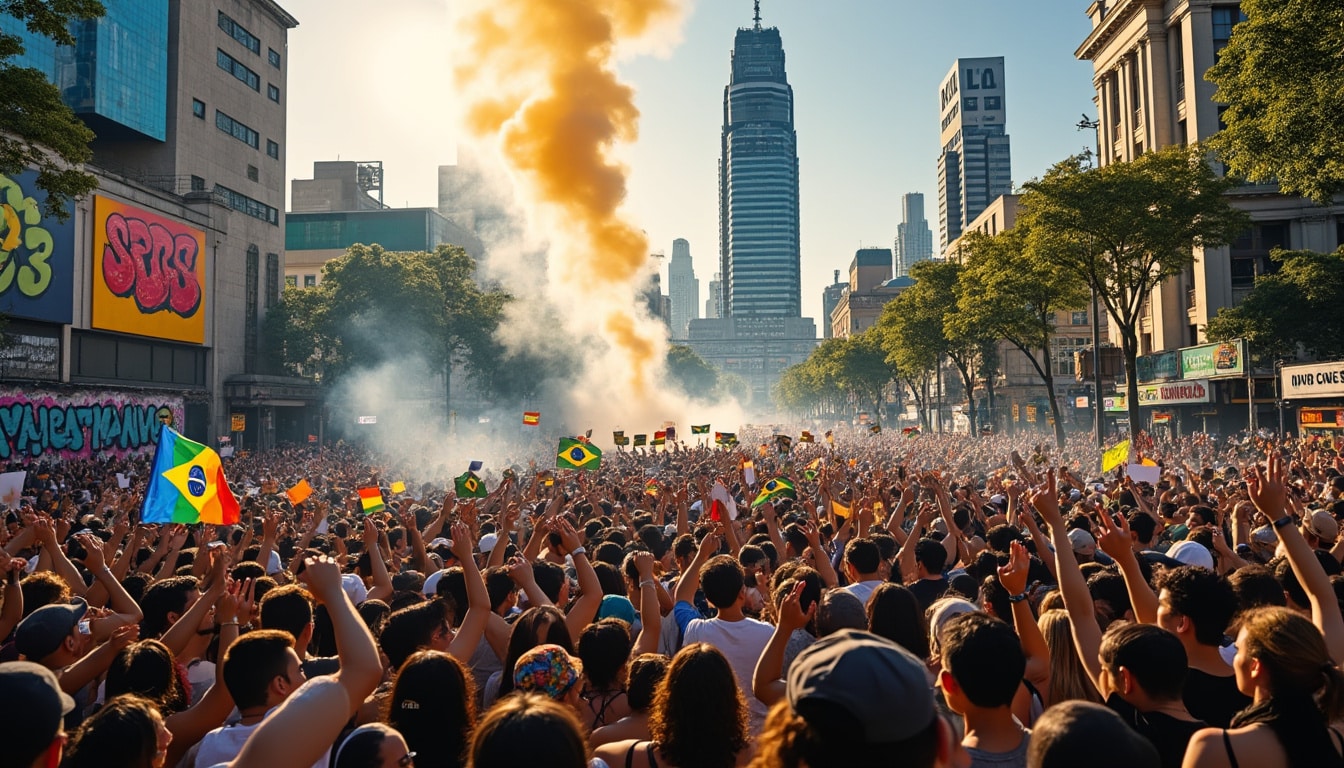The vibrant metropolis of São Paulo found itself at the heart of one of Brazil’s most significant protests in recent years. As thousands gathered in the streets, emotions ran high, with demonstrators expressing their dissatisfaction with President Luiz Inácio Lula da Silva’s government while concurrently showing solid support for former President Jair Bolsonaro. This wave of social unrest not only highlights the potent political polarization within Brazilian society but also suggests deeper economic and social undercurrents at play. The significance of these protests extends beyond the local streets, drawing international attention and sparking discussions on Brazil’s future trajectory.
The Catalysts Behind São Paulo’s Mass Protests
São Paulo’s streets were thick with tension as the city’s residents took to protesting against President Lula. The grievances, however, were not new; they were reflections of ongoing dissatisfaction since his election victory in 2022. At the heart of the protests lay disillusionment with Lula’s handling of economic issues such as inflation and unemployment. Many citizens argued that instead of alleviating problems, these issues had intensified under his watch.
Underpinning these economic woes is a series of social policies that some claim have exacerbated inequality. Supporters of Bolsonaro, who continues to command a meaningful following, view Lula’s leadership as a step backwards for the country. They argue that while Lula is focusing on social welfare, he is neglecting crucial aspects like public safety and job security, which are paramount concerns for the everyday Brazilian.
- Inflation: The rising cost of goods and services has hit the average citizen hard, reducing purchasing power and savings.
- Unemployment: Job security remains a contentious issue as more layoffs and reduced job opportunities continue.
- Public Safety: Increasing crime rates in urban areas fuel a sense of insecurity among residents.
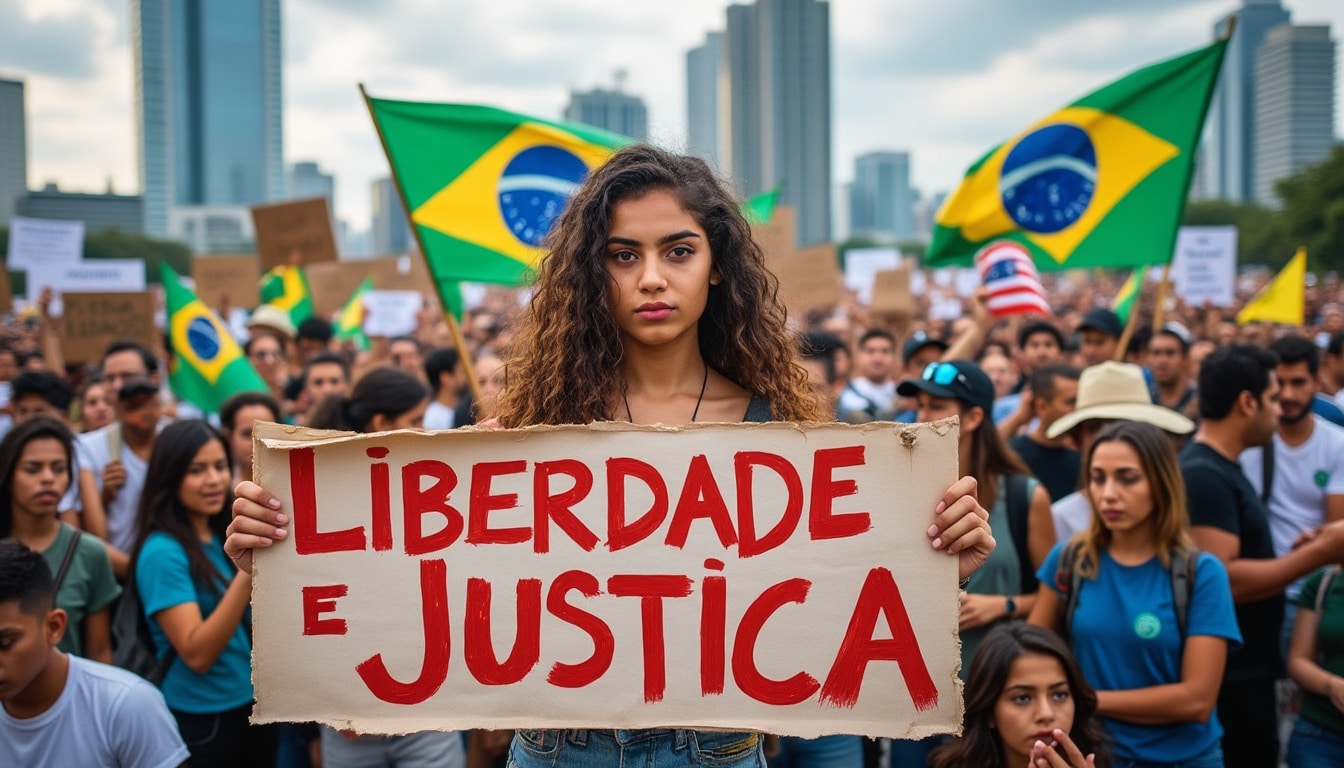
The ideological divide between Lula and Bolsonaro symbolizes a broader cultural clash in Brazil. While Lula’s policies find favor among those seeking reform and social welfare, Bolsonaro’s fervent supporters yearn for a return to the conservative governance he championed. This juxtaposition creates a volatile environment where protests are as much about policy as they are about identity.
The Dynamics of the São Paulo Protest
In the bustling streets of São Paulo, the demonstration was not a random gathering; it was a well-orchestrated event led by numerous civil society groups and political factions. Various political entities united with the shared goal of holding the government accountable. Participants spanned diverse demographics, from energetic university students to seasoned professionals and entire families. Such a broad coalition highlighted the multifaceted nature of the grievances against the current administration.
Social media played a pivotal role in shaping and amplifying this demonstration. Platforms like Twitter and Facebook were abuzz with hashtags and posts that rapidly disseminated information about the protest’s logistics. A single tweet could transform passive discontent into active participation, showcasing the power of digital platforms in modern protest culture.
- 🗣️ Chants calling for change echoed through the streets, resonating with those who felt unheard.
- 📢 Banners depicted slogans demanding accountability from those in power.
- 🎥 Social media was flooded with images and live streams capturing the scale and emotion of the event.
The protest was a moment of unity among those feeling disenfranchised. However, this fierce demonstration of solidarity against the current administration posed serious questions about the nation’s democratic process. The presence of families, students, and everyday citizens illustrated the deep-seated desire for change and accountability across various societal levels.
Media’s Lens on São Paulo’s Political Unrest
When discussing social unrest, media portrayal often shapes public perception as much as the event itself does. In São Paulo, the response was no different. National and international agencies flocked to cover the spectacle, with cameras capturing every chant, clash, and symbolic gesture. The narratives woven by these outlets have the power to either bridge or widen the existing divides.
The coverage, in many cases, echoed the polarized sentiments witnessed on the ground. While some media channels highlighted the peaceful calls for governmental accountability and economic reform, others underscored instances of violence and vandalism. This dualistic portrayal adds complexity to public understanding and complicates the dialogue surrounding these protests.
| 📺 Media Outlet | 📈 Focus | 🎥 Perspective |
|---|---|---|
| Local Brazil News | Economic grievances | Grassroots voices emphasized |
| International Network | Political Polarity | Focus on ideological clashes |
| Online Blogs | Personal Stories | Human interest angles |
Ultimately, the media’s portrayal of these events raises critical questions about responsibility and objectivity. Coverage can either rally empathy and understanding or entrench opinions further, affecting both national sentiment and international views on Brazil’s current socio-political dynamics.
The Crucial Role of Social Media in São Paulo’s Protests
In the digital age, social media is much more than just a communication tool; it’s a catalyst for change. The São Paulo protests exemplify how digital platforms can mobilize populations quickly and effectively, turning individual grievances into a unified voice. With platforms dominated by younger demographics adept at leveraging technology, information dissemination occurs at unprecedented speeds.
For the São Paulo protests, platforms like Twitter played a crucial role in outlining protest routes, coordinating meeting points, and sharing safety information. WhatsApp groups were buzzing with strategic discussions, ensuring the protest was not only organized but also resilient in the face of counter-efforts to disperse it.
- 🔄 Rapid Information Sharing: Posts and tweets allowed real-time updates about protest developments.
- 🗺️ Strategic Coordination: Messages determined the most effective routes and meeting locations.
- 📱 Viral Engagement: Hashtags related to the protest went viral, sparking global conversations.
By galvanizing sentiment and organizing efforts, social media serves as both a facilitator and an enabler for modern political activities. It captures the attention of both participants and observers, allowing them to engage with the movement and its causes, regardless of geographic location.
The Ripple Effect of São Paulo’s Protest on Brazil’s Political Landscape
The ramifications of the massive protest in São Paulo go beyond a fleeting moment of civil disobedience—they suggest a larger, lingering effect on Brazil’s political landscape. The Lula administration faces increased scrutiny and pressure from both domestic and international fronts to address the myriad concerns at the forefront of these demonstrations. Silence or inaction might fan the flames of discontent.
Protests like these serve as much-needed pressure valves in a democracy, signaling that citizens demand to be heard. Governments that severely ignore these calls risk not only political capital but also the potential destabilization of governance structures.
Will Brazil’s leadership be able to adapt to these demands? The stakes are high—responses and policy adjustments need to prioritize effective communication and tangible outcomes, fostering a climate of trust between the state and its citizens.
Strategically, these protests present both risk and opportunity for Brazil. They could either be the catalyst for beneficial policy reverberations, or they could deepen existing divisions. Ultimately, how Brazilian society navigates this crisis could redefine its political architecture, determining whether the country moves toward unity or further division.
Frequently Asked Questions
- What were the main reasons for the São Paulo protests? The protests were primarily driven by dissatisfaction with economic policies, rising inflation, and concerns about public safety under Lula’s administration.
- How did social media contribute to the protest organization? Social media served as a key tool for organizing and disseminating information, helping to coordinate logistics and amplify the protest’s message.
- What effect might the protests have on Brazil’s political scene? The protests could lead to significant political discussions and reforms; however, they may also deepen societal divisions if not properly addressed by the government.
- Which socio-economic group was most involved in the protests? The protest saw participation from diverse demographic groups, including students, professionals, and families, illustrating widespread societal concerns.
- How have international observers reacted to the protests? The international community has shown a keen interest, observing how Brazil handles these internal pressures and what this means for democracy in Latin America.
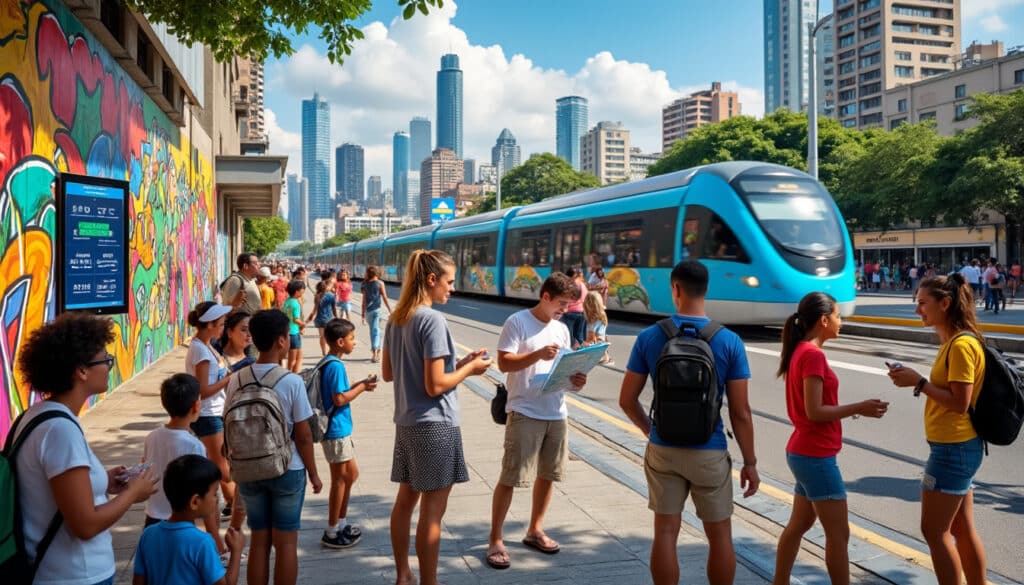
São Paulo, an urban jungle of thriving culture and bustling energy, presents both excitement and challenges for travelers. This city, a trove of vibrant art, delectable cuisine, and historical landmarks, beckons millions each year. However, like any megacity, it also…
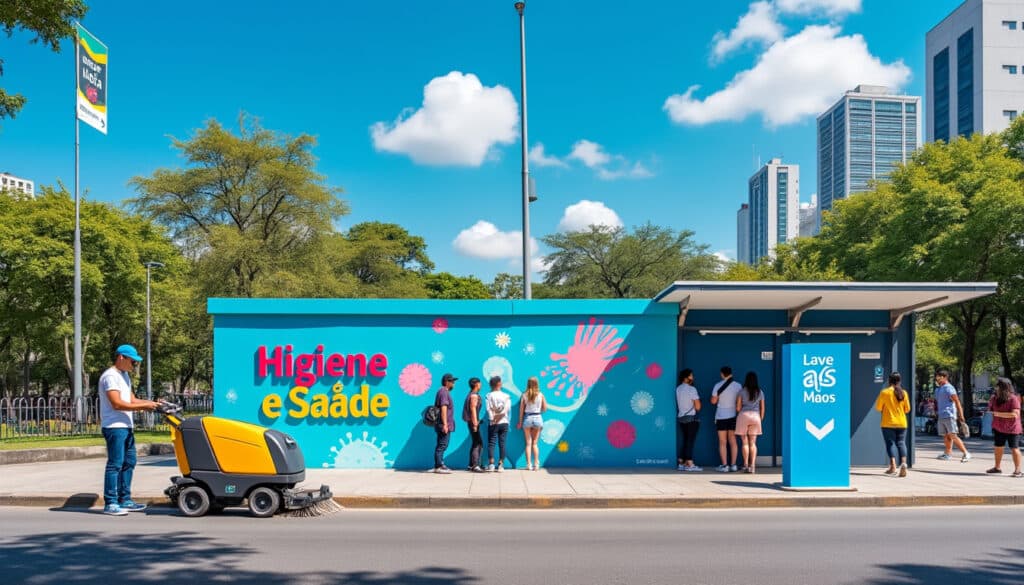
Cleanliness and hygiene in Sao Paulo
🌟 As one of the largest and most vibrant cities in Brazil, São Paulo is a cultural and economic hub that thrives on its bustling energy. But beneath its lively surface lies an intricate dance between tradition and modernity, particularly…

Pickpocketing and theft in Sao Paulo
São Paulo, the behemoth of Brazilian urban culture, is vibrant yet notorious for its pickpocketing and theft incidents. As Latin America’s largest city, its allure attracts not just tourists but also opportunistic thieves. Awareness is crucial in exploring São Paulo’s…
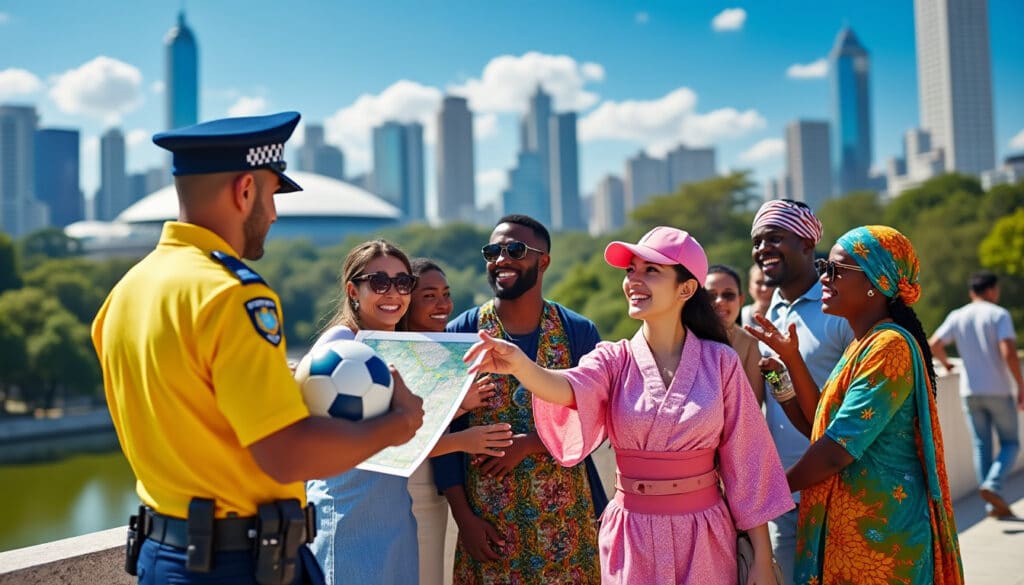
Safety in Sao Paulo for travelers from different countries
São Paulo, Brazil’s economic heart and cultural hub, is a city teeming with energy and diversity. However, like any metropolis of its size, it presents unique safety challenges for travelers. Visitors often wrestle with concerns about petty crime and transportation…

